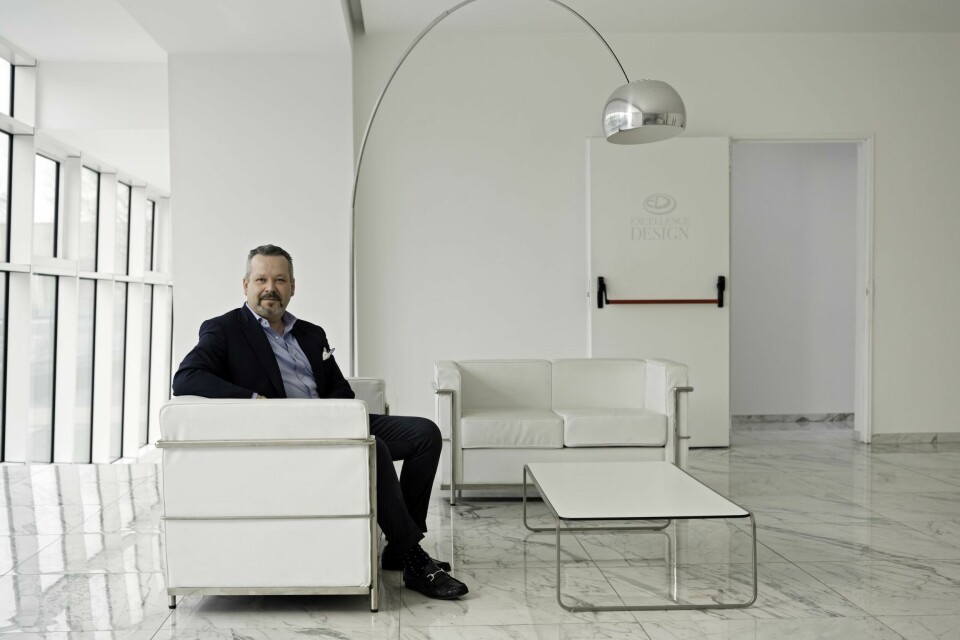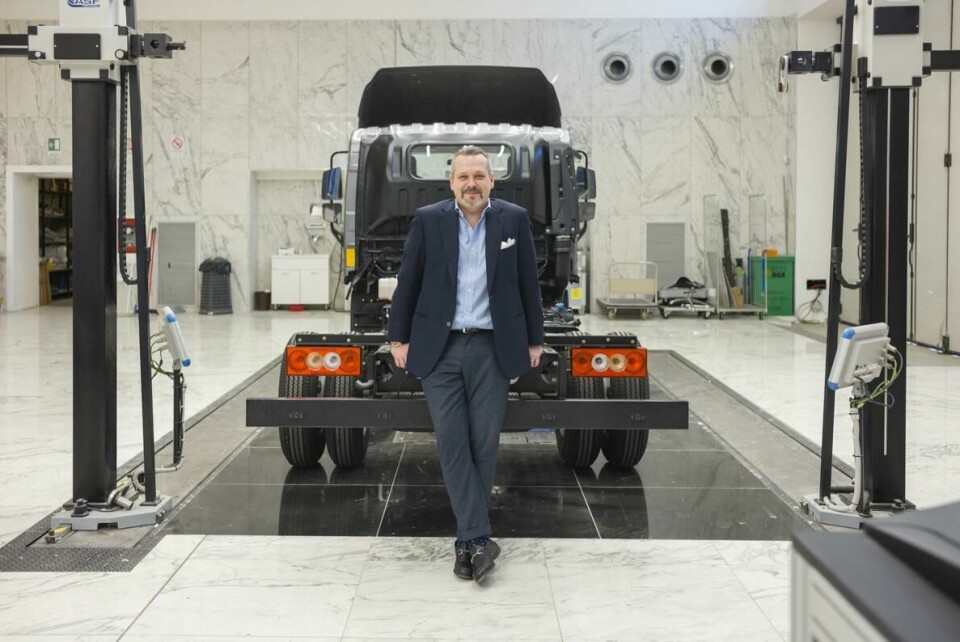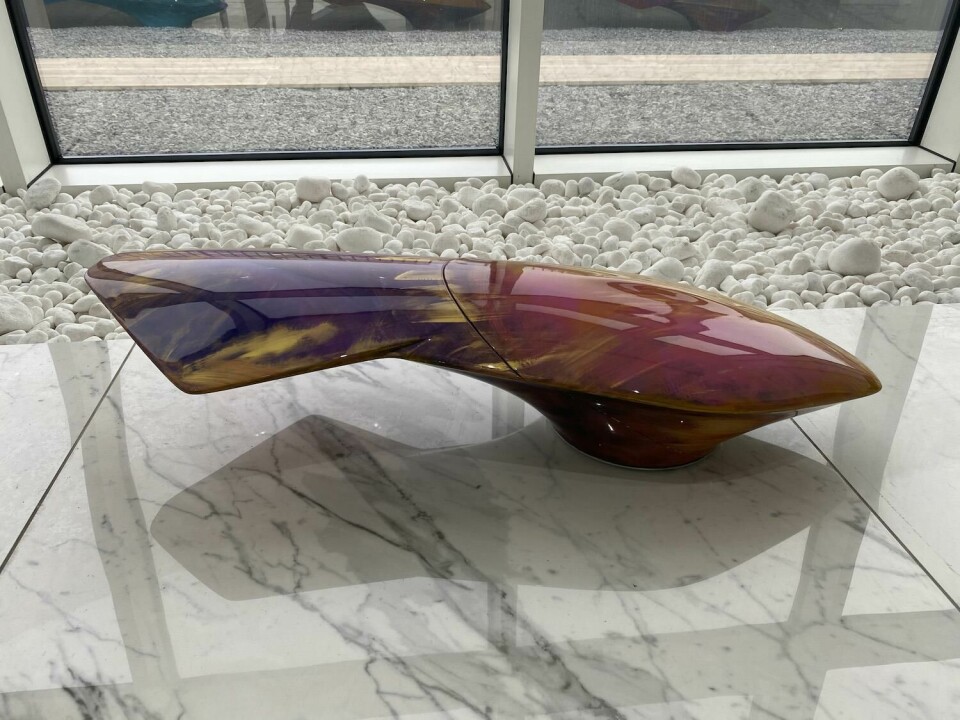
Car Design Review 7: Davide Pizzorno, ED Excellence Design
Davide Pizzorno of ED Excellence Design highlights the importance of close relationships between design and engineering, as well as talking through wider trends in the auto industry
We are lucky in Italy, because we have a long and rich design history and are working on blending that with a whole set of new creative and technological tools to make the leap into the next phase of car design. We have to continue to put our passion inside a single sketch but an amazing shape is just not enough anymore. People and our customers, want more.
ED Excellence Design is continuously transforming and trying to grow in terms of design technology and that is probably the key difference between us and traditional Italian design studios. We have to match the shape and technology every single day in the best way to capture the customer’s heart. We are not a carmaker so we have to sell some things better than the carmakers’ design studios can. We need to study how to give them something unique, because today just being Italian is not enough.
I believe this studio works best when the designers and engineers work here as one team. There are many designers who can give you one of the best sketches that you have ever seen, but I always have to wonder, ‘Is it feasible?’ We have to match these two requirements. We want to deliver something that is feasible from the start and stay on target and within budget.
“Today we are acquiring new people with skills more akin to designers at DreamWorks, otherwise we will end up creating the same designs as yesterday”
Traditionally on a project, the designer and the engineer continuously fight. In our company, this doesn’t happen because the engineering feasibility team are involved from the beginning.
In the past, Chinese carmakers came to Italy for design services. Now we are in the next phase, where they are starting production growth. Today, I think what they need is a full-service provider. Sometimes, they only need to develop a part of the car with an external supplier but sometimes they need a complete team. We talk about China because it is the country that has developed about 100 new platforms per year. But we have to balance not only the opportunities we have in China, but also those in Canada, the US, India, Germany and so on.

The work we are doing varies in emphasis according to the location of the client. For China we talk about the growth of sketch and rendering quality and virtual design. In Germany, Turkey, France, Italy or the US, we talk about the improvement of new technology based on virtual or other solutions to give the design studio of the carmaker an advantage. Rapid prototyping is a very useful skillset we have been developing.
At the end of last year, we presented a proposal for a big truck to a client. This was our first model using rapid prototyping. Now, when we talk about the interior we don’t talk about clay but get from the virtual to the physical model without any steps in-between. This allows you to create a model in a very short period of time. Over the last few years we have invested a lot in technology to enable us to handle, collect and share data, which is very helpful with benchmarking.
Since 2015 we have begun to use some new technology that comes from the movie world. We create physically-correct material inside the database that we can reproduce when we use VR or real-time rendering. But we also have a technology team, which works alongside our older and most experienced designers. Reducing time out of the various development processes is really important now. There is a huge competitive advantage in China in particular, when you speed up development. For example, the 2016 Iveco concept was put together in just four months. It is not a working model of course, but it does show what can be achieved.

We also recently completed a production car in 26 months. In the past, that would have taken 42 months. Usually the design freeze happens between four and ten months, depending on which company and country you are working within, but Chinese companies push us to do this in two. The result needs to be the same high quality but in a much shorter timeframe, so you need to leverage all the technology and tools you can to meet such deadlines. You must also start with a very good brief. The brief is the masterplan.
Today, the percentage of vehicles we work on that are EVs is about 75%, including hybrids. We are also seeing work for alternative ‘clean’ energy vehicles too. About two years ago we did some research looking at packaging for alternative fuel vehicles, not just EVs. If you take the whole lifecycle, not just the final part of the cycle, but sourcing and production plus the end-of-life of an electric car, it is pretty clear that EVs are not a magic bullet. They are only a part of the solution. So we are also exploring alternative fuel cell vehicles as well.
ED Excellence Design is always looking to hire talent, but now they do not necessarily have to be traditional car designers. We are looking for more digital and visual creatives, from design studios in other fields. That is where we see the growth opportunity.
We are focusing on technology and on acquiring people with new skills, more akin to designers working at DreamWorks, otherwise we will end up creating the same designs as yesterday and living in the past, creatively.
This article first appeared in Car Design Review 7.


